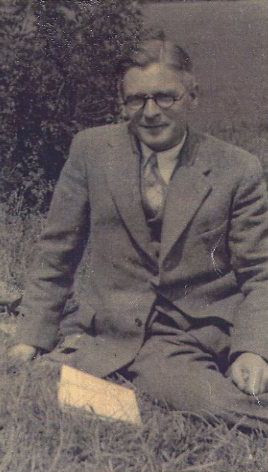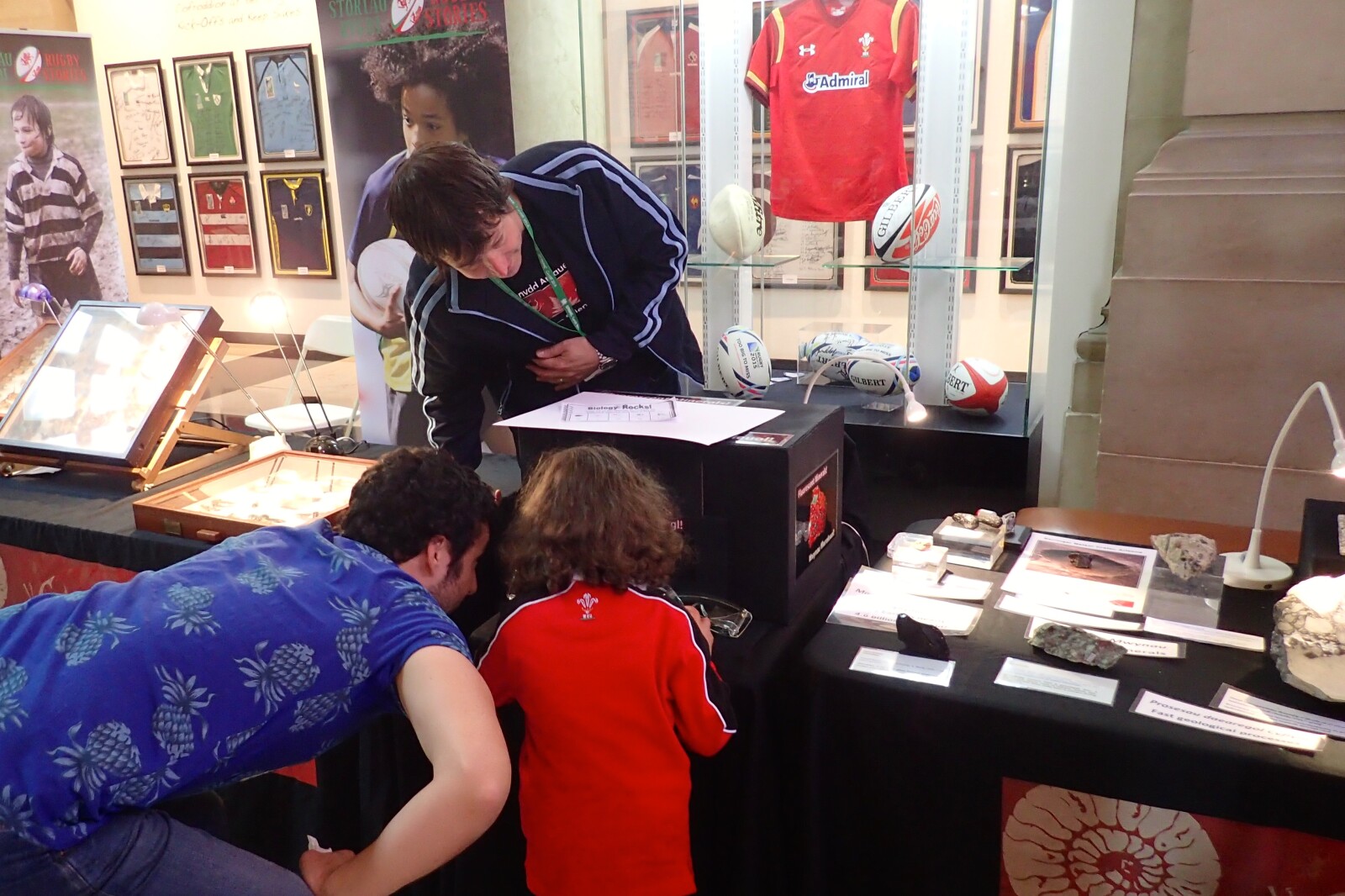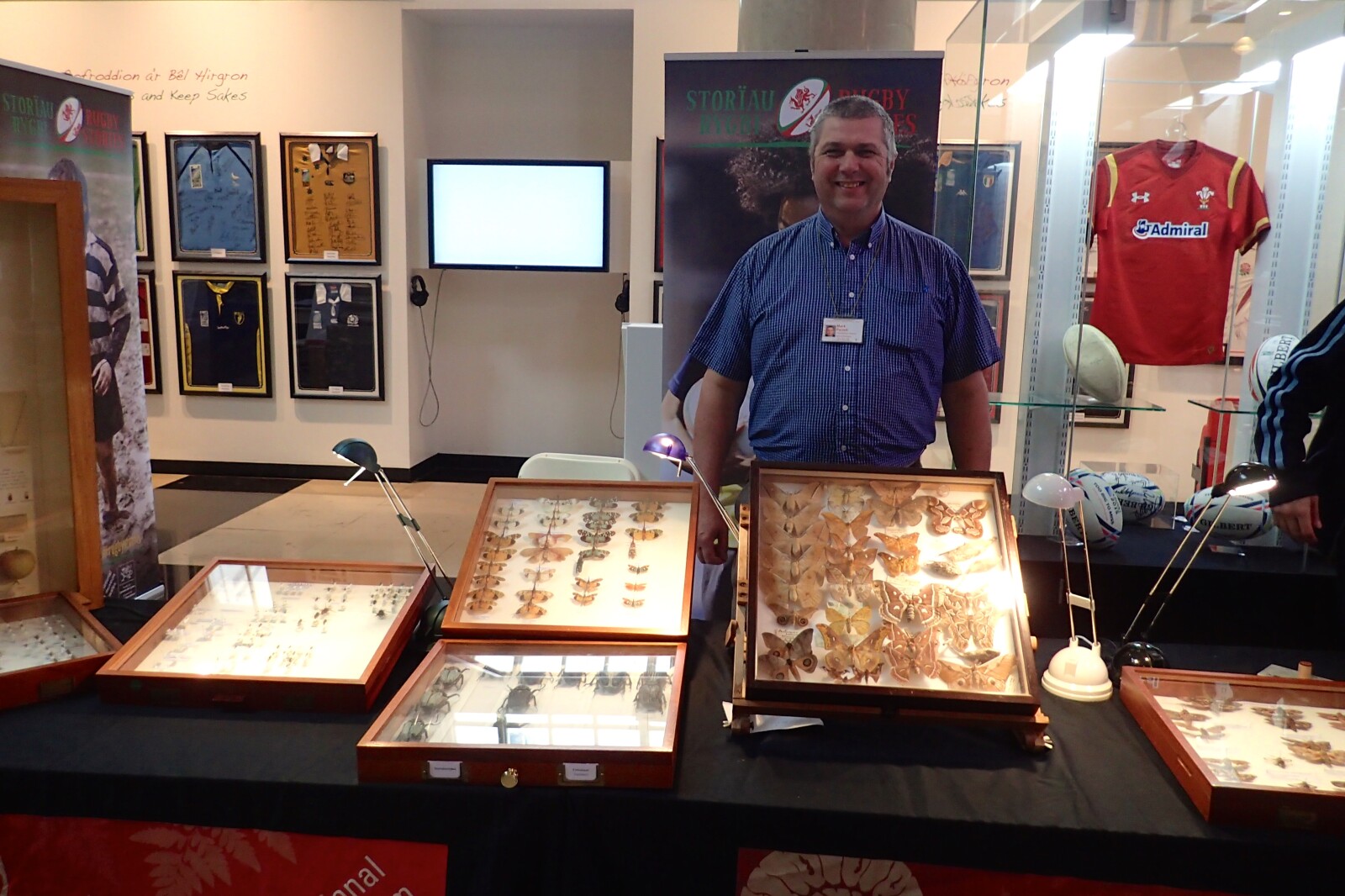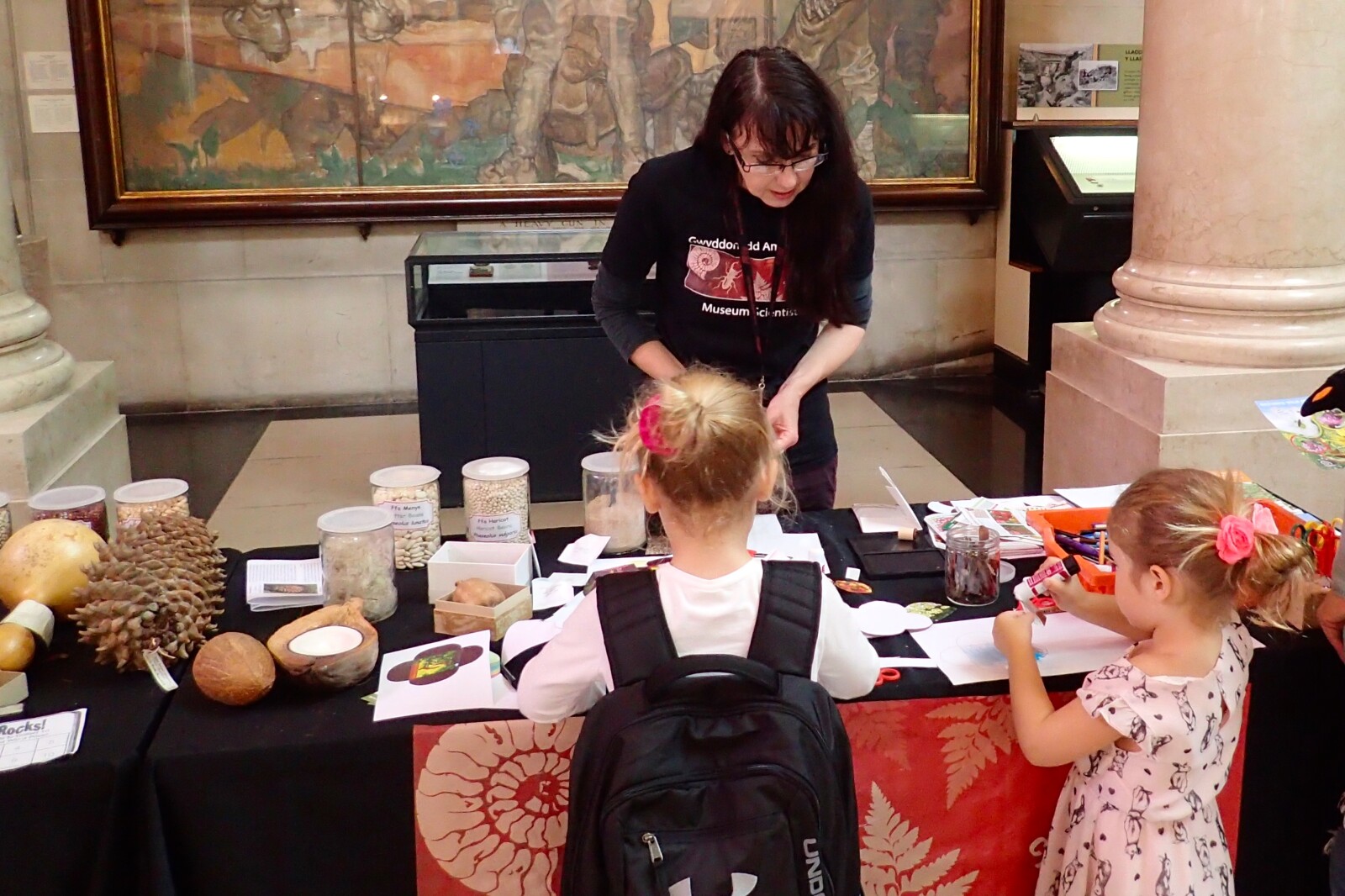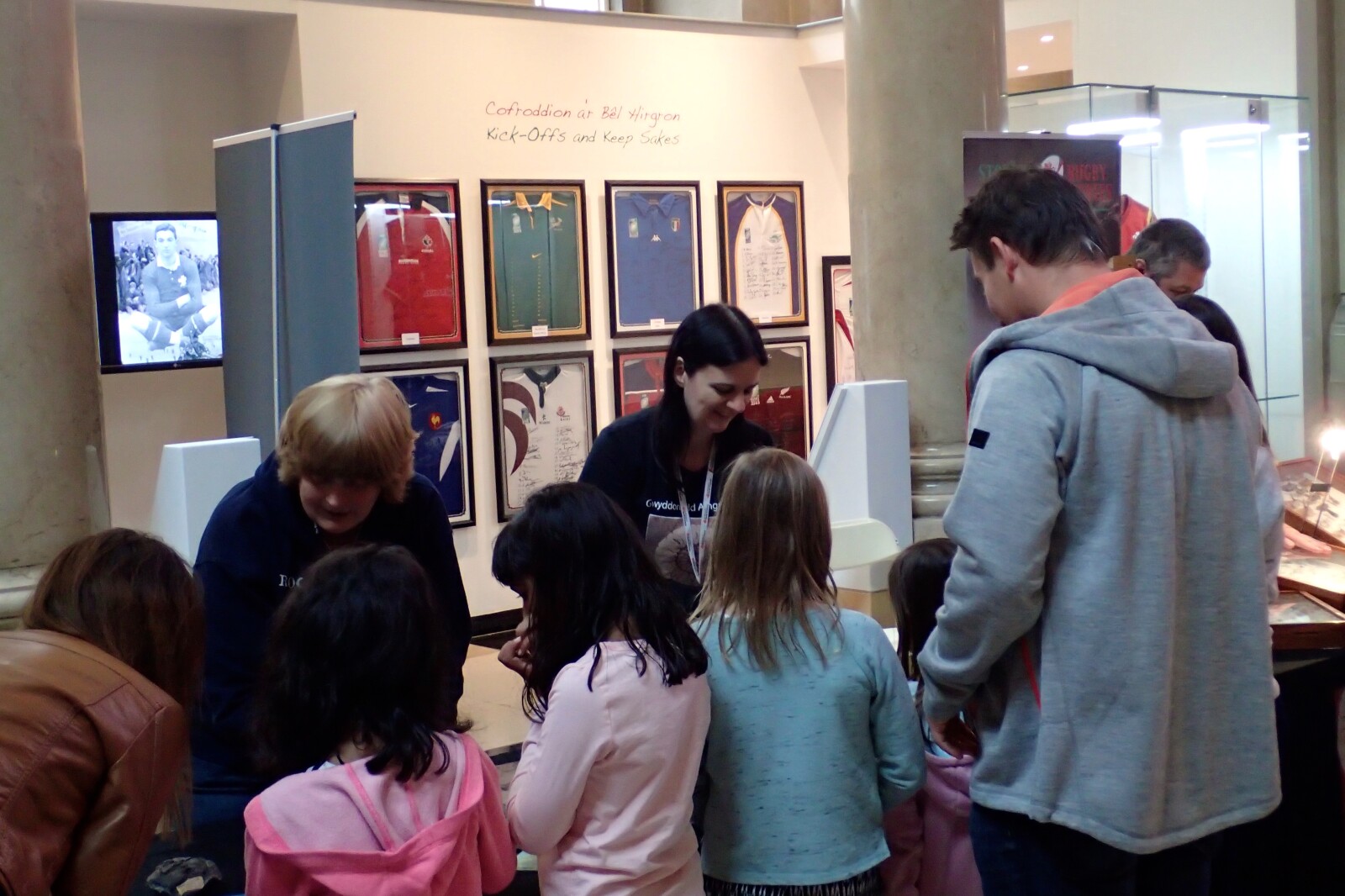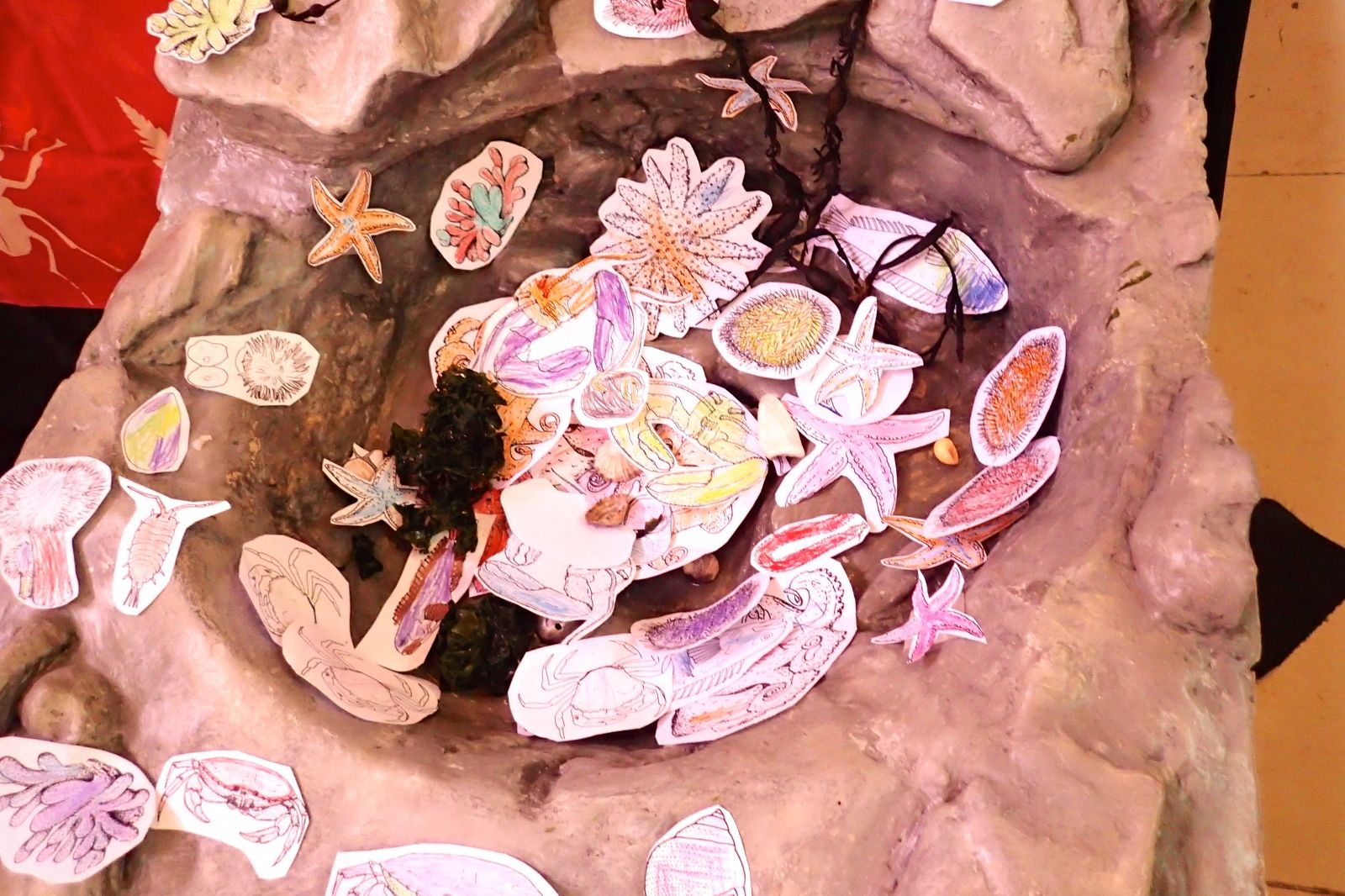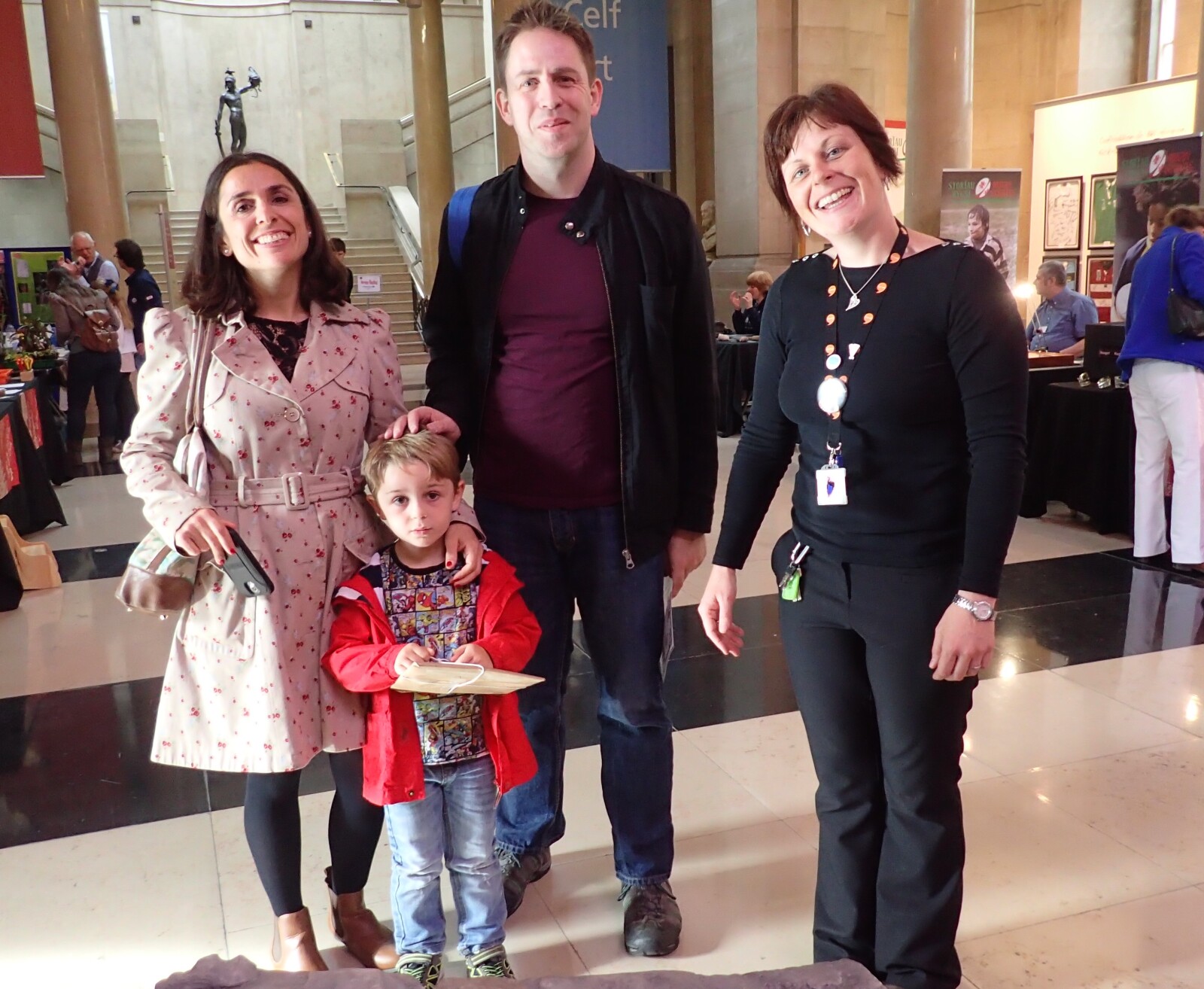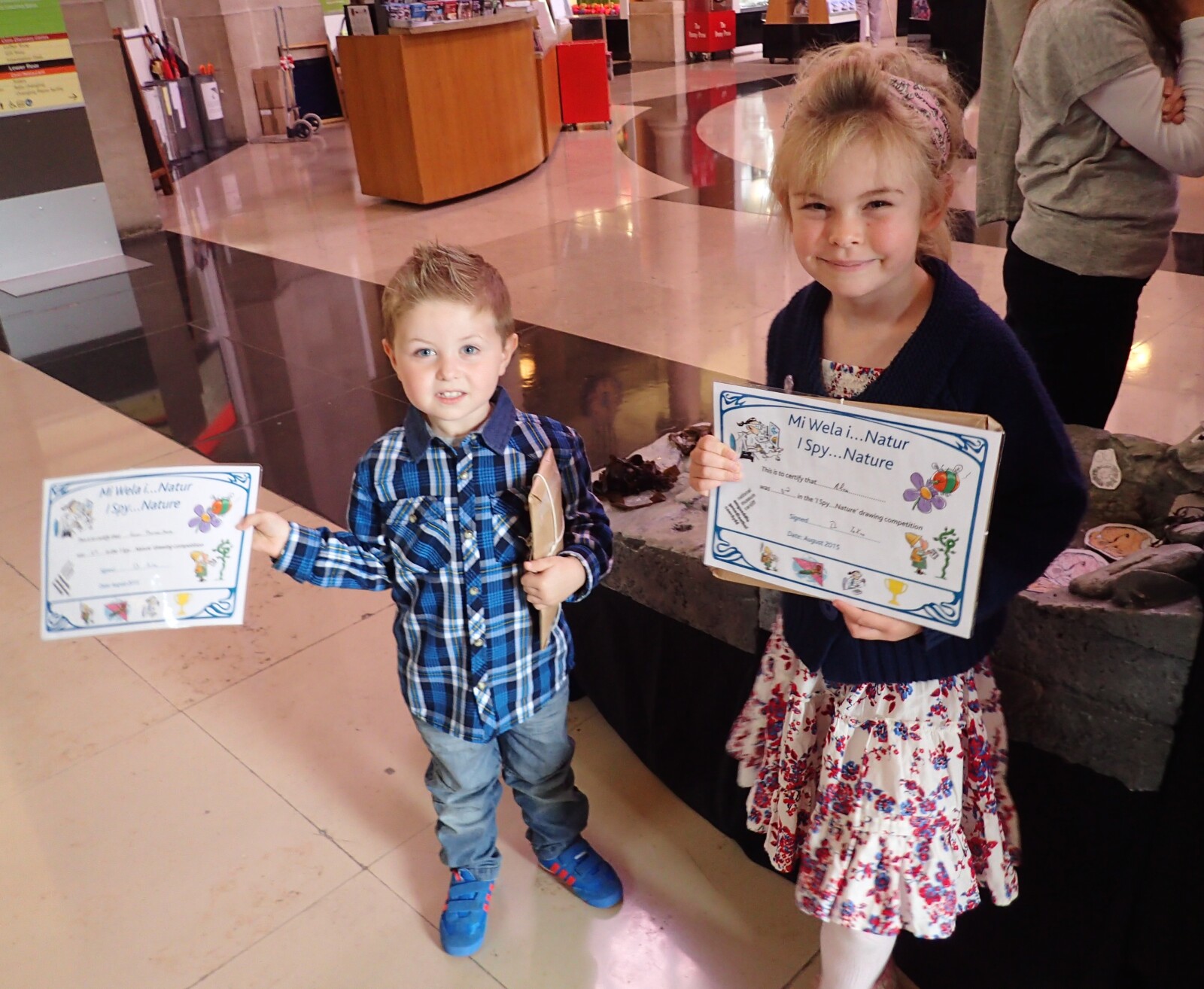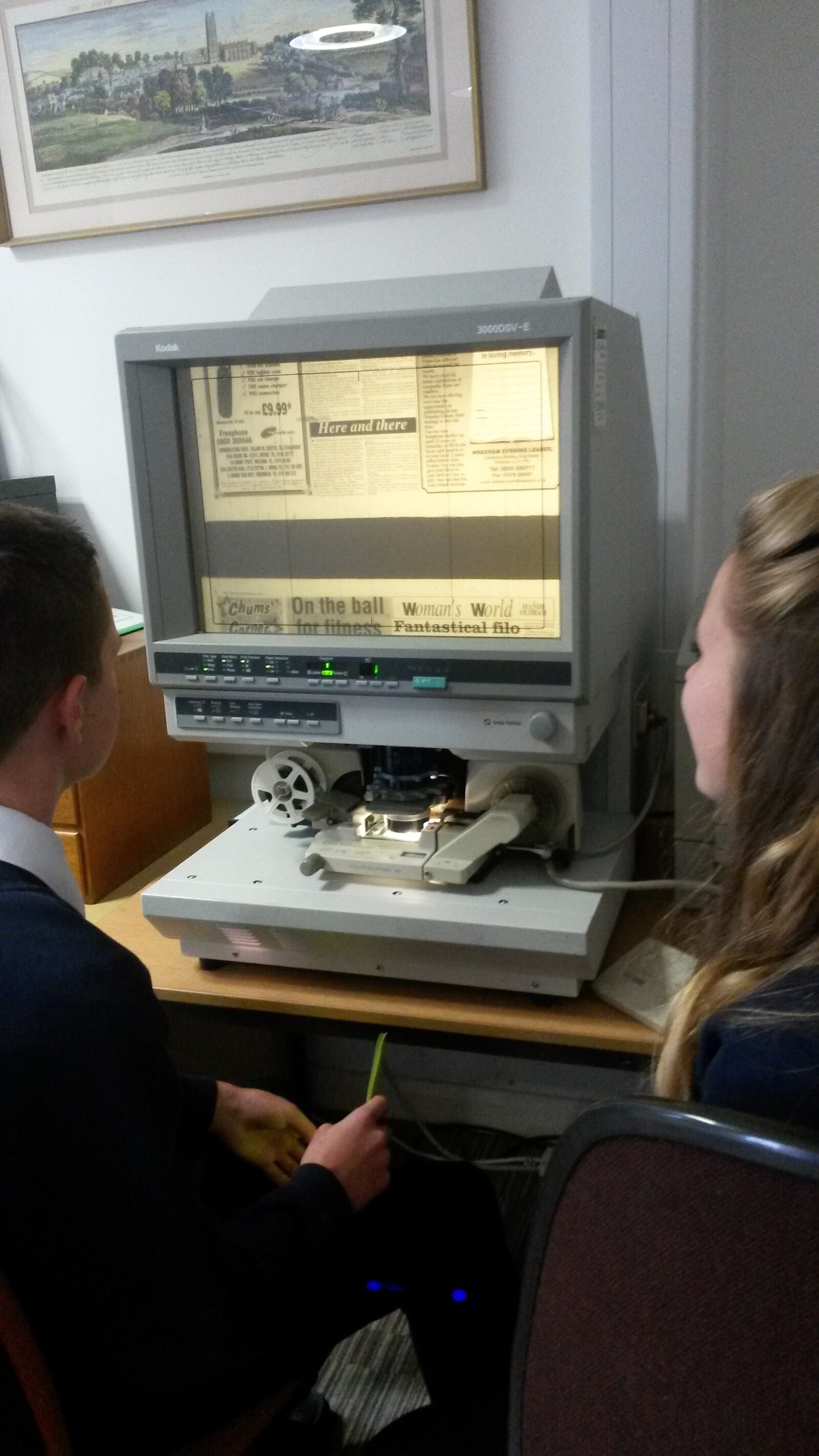An Introduction to The Paper Archive at St Fagans: National History Museum
, 14 October 2015
This is a short introduction to one of the Archive collections held at St Fagans: National History Museum. The Paper archive consists of 35,000 items relating to Welsh Social and Cultural History.
Whose story does it tell?
This archive gives us a picture of people's everyday lives in Wales during the 18th, 19th, and 20th centuries and up to the present day.
What does it contain?
It contains among other items diaries; letters; trade account books; memoirs; linguistic studies; local history and folklore; traditional recipes; notes on traditional medicines; records of traditional buildings; agricultural records; educational and school records and a large collection of folk music.
A Recent Donation – Letters written by Ffransis Payne between 1935-1936
Ffransis Payne was Keeper of Collections at the Welsh Folk Museum (now known as St Fagans: National History Museum) and worked alongside Dr. Iorwerth Peate. Recently, his son Ceri Payne collated and then donated to the Archive extracts of letters, his father sent to his mother before they married in the period 1935 to 1936.
Ffransis was born in Kington in Herefordshire and previously worked as a farm hand in Cardiganshire, Monmouthshire and Glamorganshire. He also worked in the steelworks of Ebbw Vale, in the rail yards of Neath, as a clerk in Glasgow and as a book seller back in Cardiganshire.
He became an Archivist in Swansea in 1934 and was then appointed Assistant in the Department of Folk Culture and Industries at National Museum Cardiff in 1936.
In his letters to his future wife Helly Bilek, a 19 year old from Austria, he discusses international events (the rising tensions on the continent pre Second World War); Welsh political problems (a clash between unemployed workers and the Welsh National Party in May 1936 during the Pwllheli Annual Fair, regarding the Government's proposal to build a new air base and bombing school at Porth Neigwl) and a comment from his friend Saunders Lewis on the event.
The letters also contain comments about his work at the Museum and items collected and researched by him, and finally domestic observations about living and working in Cardiff during this period.
Wednesday, 15th of April, 1936 - I have just been listening to the news on the wireless. The situation in Austria is serious, it was said, and frontier troop movements etc. .......there is a month for us to see what will happen...
Western Mail, Monday May 25th,1936 - "Fight at Welsh Air Base Protest Meeting, Nationalist Party Leaders Clash with Unemployed"
Tuesday, 26th May, 1936 - I had a talk with Saunders Lewis today. He says the newspaper report exaggerated. He certainly seems unruffled.
Tuesday, 30th June, 1936 - My first real job has been assigned to me, it is making a catalogue and guide to the Museum's collection of samplers!!
Sunday, 5th July, 1936 - As for my work at the museum. I was and am quite serious. If you are interested in people and ways of life, you will find plenty to interest you in my work.
